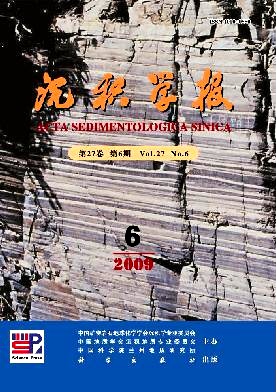Rare Earth Element Records of the Lower Paleogene Sediments in the Sanshui Basin and Their Paleoclimate Implications
- Received Date: 1900-01-01
- Rev Recd Date: 1900-01-01
- Publish Date: 2009-12-10
-
Key words:
- REE
Abstract: The concentration of rare earth elements (REE) was determined in the Lower Paleogene core sedimentary rock from the Sanshui Basin. The ∑REE contents range from 7.06 to 230.01 μg/g, with an average value of 142.32 μg/g, close to that of Upper Continental Crust (UCC) and slightly depleted relative to North American Shale. Chondritenormalized REE patterns show little variation throughout the core and are consistent with the composition of UCC, with light REE enrichment, negative slopes, moderate Eu depletion and unobvious Ce anomaly. This indicates a relatively consistent sediment source and formation mechanism during the deposition of Lower Paleogene sediments in the Sanshui Basin. The REE records, combining with other geochemical proxies (Fe/Mn, Mg/Ca), suggest a general trend of getting more humidity during the core deposition and allow the recognition of four paleoclimate stages: stage Ⅰ(89~72.7 m) with drier condition, stage Ⅱ(72.7~51.8 m) with dominantly humid condition, stage Ⅲ(51.8 ( 30.6 m) with fluctuation of humid and dry condition and stage Ⅳ(30.6~0 m) with prevailing humid climate with intermittent dry condition.
| Citation: | CHEN Liang. Rare Earth Element Records of the Lower Paleogene Sediments in the Sanshui Basin and Their Paleoclimate Implications[J]. Acta Sedimentologica Sinica, 2009, 27(6): 1155-1162. |






 DownLoad:
DownLoad: